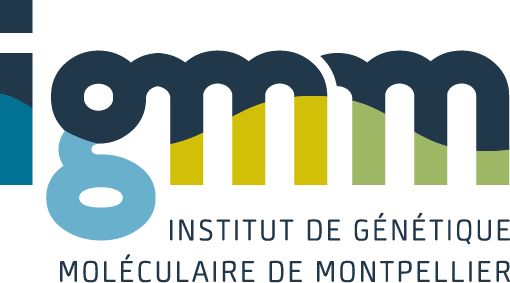Stimulation of T cells by peptide-presenting antigen-presenting cells (APCs) induces formation of a highly organized complex of receptors, signaling molecules and cytoskeleton components at the immune synapse (IS), the contact site between T cells and APCs. Conjugate formation between T cells and APCs initiates the formation of the IS. After this event, micrometer-scale molecular movements occur in the T cell plasma membrane and the actin cytoskeleton undergoes reorganization. Our current knowledge suggests that formation of the IS is an essential step during T cell activation. This is probably related to the proper localization of certain proteins in specific compartments. One of these proteins is protein kinase Ctheta (PKCtheta), which is absolutely required for T cell activation. During the last years we have made great advances in understanding the function and targets of this kinase, and recent reviews have summarized these findings. In contrast, we do not know the exact mechanism that activates PKCtheta after TCR engagement and the role of PKCtheta activation in the formation of the IS. In this review I analyze the mechanism of the translocation of PKCtheta and discuss the function of PKCtheta in the formation of the IS and, vice versa, the role of the IS in the translocation of PKCtheta.
What came first: PKC theta or the immune synapse?
Villalba, M.
2004
Archivum Immunologiae Et Therapiae Experimentalis
2004-02 / vol 52 / pages 6-12
Abstract
0004-069X
Tags
phosphorylation; kappa-b activation; pkc theta; actin cytoskeleton; fas-mediated apoptosis; il-2 promoter; immune synapse; immunological synapse; ligand expression; plc; protein-kinase-c; signal-transduction; t cell; t-cell-activation; wasp
